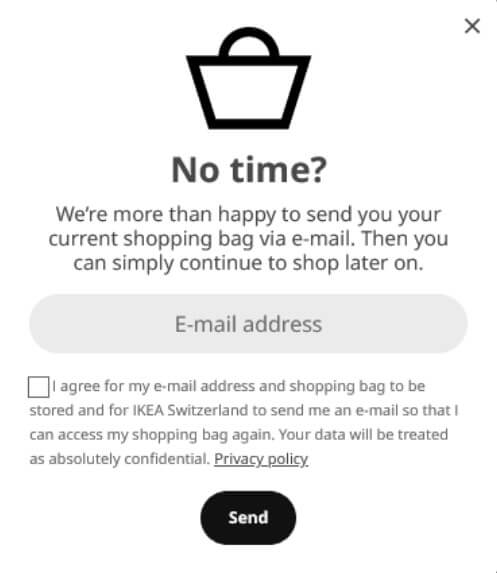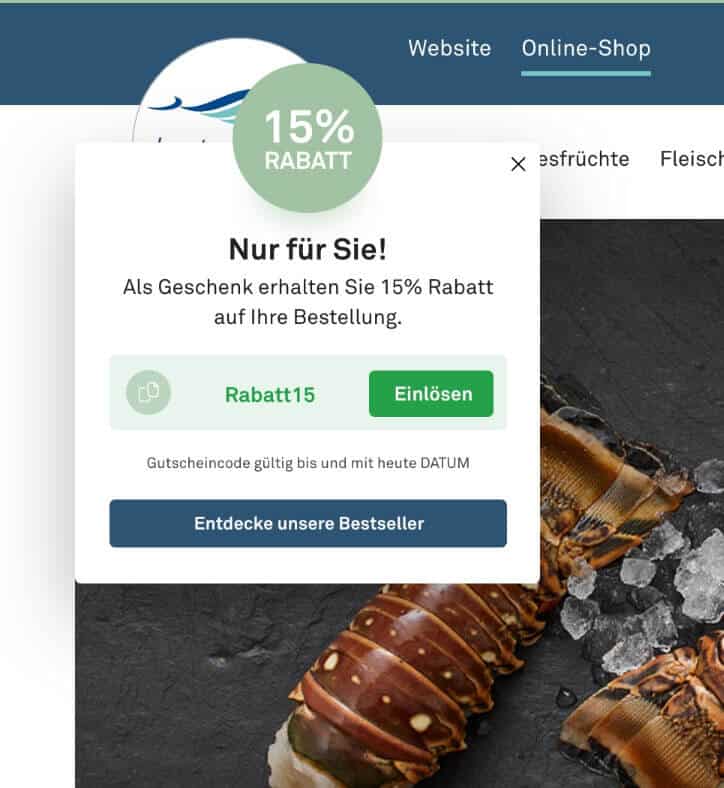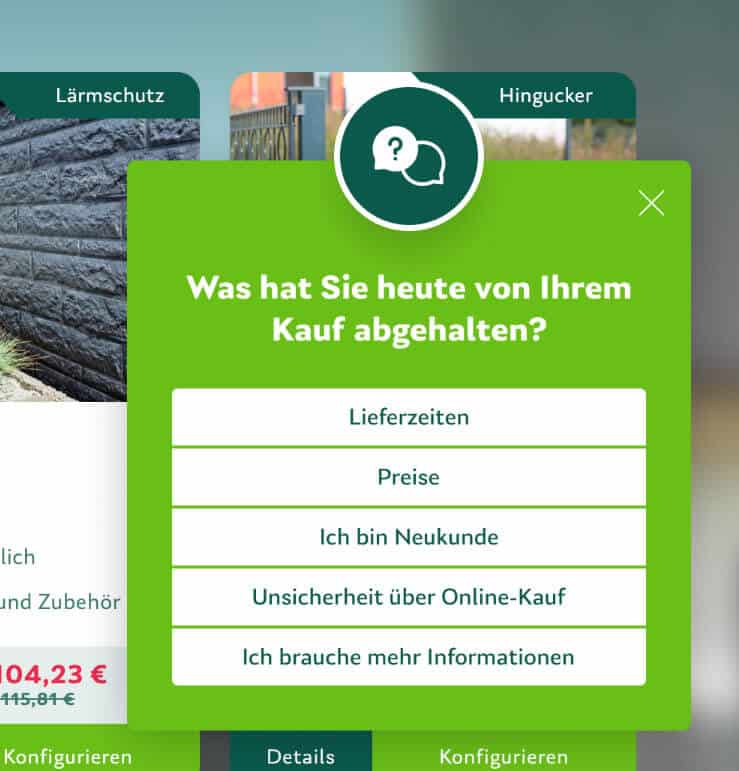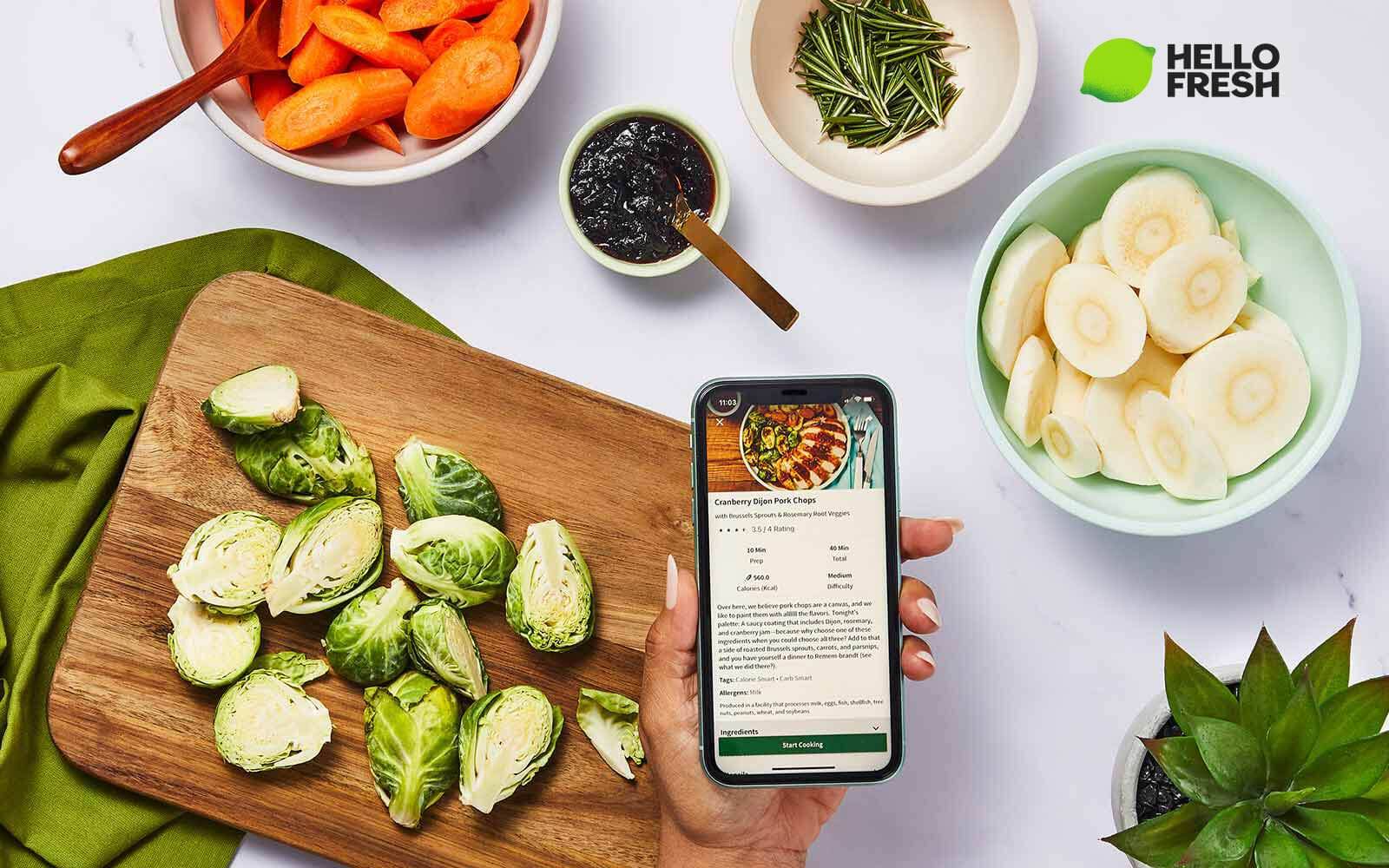Turning visitors into customers - that is the long-term goal of every online shop. Because it's not very effective if you attract users to your website but can't keep them and can't encourage them to make a purchase. The bounce rate increases and the benefit is reduced to a minimum. So what can you do to increase the conversion rate? And what is actually behind the term?
What is a conversion rate?
Conversions are actions defined by business owners that a visitor should take on the website. Often it is the conversion from a prospective customer to a regular customer - but for example the registration for a newsletter is also part of it. By optimising the conversion rate, you can motivate users to take this action.
The conversion rate is therefore a relevant metric - an important key performance indicator (KPI). It measures the relationship between the number of visitors to your website and the conversions that ultimately occur. If the ratio is uneven, it is always worthwhile to increase the conversion rate.
Benefits of conversion rate optimisation: this is why a CRO is so important
Since online conversion rates average only 2-3% of users across industries, a huge potential of about 98% of leads remains untapped. And this is where conversion rate optimisation (CRO) comes in:
If you increase the conversion rate of your site, this will have a lasting positive effect on your sales figures. Instead of investing a lot of money in paid advertising for more visitors or offering even more products for your target group, you optimise the conversion rate of those users who have already found their way to your website.
This lowers the cost of acquisition and increases the return on investment (ROI) of your marketing campaigns.
For you as a company, an increase in conversions always means an increased number of customers and thus also an improvement in your income
ATTENTION
The level of a good conversion rate depends above all on the industry
There is no universally valid good conversion rate. The figures differ depending on the industry. For example, the average conversion rate in the area of baby & child needs is less than 1 %, in home accessories & gift articles it is about 1.5 % and in arts & crafts it is even almost 4 %.
In concrete terms, this means: If one out of a hundred website visitors in baby & children's supplies becomes a paying customer, this is to be considered a success. If this is not the case, conversion rate optimisation is all the more worthwhile.
Creating the right conditions to increase the conversion rate
Before you get started straight away, you should first go troubleshooting. To increase conversions, you need to internalise that this is a process. Therefore, proceed systematically.
Potential analysis: What are the weak points of your shop or website?
There are always reasons why visitors to an online shop abandon the buying process. And these need to be identified.
To do this, you should ask yourself the following questions, for example:
- Is there not enough added value of the content or the product offered from the user's point of view?
- Is the checkout not easy to find, which prevents the user from completing the purchase?
- Or did the user expect something different when searching and clicking on the search result?
To clarify the questions, carry out tests or even surveys to get to the bottom of the problems.
Other reasons for a poor conversion rate
There are also other, different factors that have a significant influence on the conversion rate. These are, for example:
- long loading times (pagespeed)
- no user-friendly design of the individual web pages (usability)
- technical problems (the page cannot be loaded)
- too little choice in payment options
- lack of confidence in the seriousness of the website
- complicated sentences and grammatical and spelling mistakes
If the bounce rate increases, it makes sense to first examine the above-mentioned factors and optimise them accordingly in order to increase the conversion rate.
By doing so, you will make your website more functional and thus more in line with the needs of the target group.
NOTE
What is a long charging time?
There is no general answer to what constitutes a long loading time, as several factors play a role here:
For example, every user has his or her own subjective feeling that a page loads too slowly and therefore leaves it again.
In addition, the internet speed is also an aspect: if the user is on the move and notices that the internet reception is poor, the probability increases that he or she will wait longer than usual for the page to load.
Google provides objective clues in its Core Web Vitals with concrete numerical values for LCP and FID:
- LCP (Largest Contentful Paint): Here, a duration of less than 2.5 seconds is considered good.
- FID (First Input Delay): All interactions to which the website can respond within 100 ms are rated good by Google here.
The LCP measures how long the page takes to display the area that is visible to the user and with which he or she can interact (e.g. with the help of a click).
The FID measures how much time elapses until the website reacts to an interaction.
You can find out what values your website achieves in terms of LCP and FID with PageSpeed Insights from Google.
But even with these parameters, it is only a recommendation from Google that increases your chance of a better conversion rate. Users can still behave differently in the end due to their subjective perception.
Address the right target group as well!
In addition to the technical criteria, it is also very important that you address your target group appropriately.
Since different data are necessary to make an efficient evaluation of the conversion rate regarding the target group, use the following questions as a guide:
- Who is your target group?
- What are the needs of these visitors?
- Where do they come from?
- Which of your pages do the users visit?
- How long do visitors stay on the website?
- What is the number of conversions?
TIP
What is the competition doing?
With a competitor analysis, you can find out why competing companies are doing better than you. This will help you to identify measures that will support you in increasing your conversion rate and turnover.
Concrete tips to increase the conversion rate in the online shop
To optimise your conversion rate, you must first define clear campaign goals:
Depending on the type of website and the intention behind the strategy, further measures make sense. In e-commerce, for example, the main goal is to increase sales. You can achieve this increase in turnover in several ways.
Use different methods to improve the conversion rate. Regardless of the target group and your intention, we recommend the following steps:
Reduce the bounce rate
For example, in addition to the technical aspects, make sure that the ordering process is as simple as possible for the user and make sure that you can answer all of the following questions with "yes":
- Can the user easily add the item to the shopping cart?
- Does he find the shopping cart quickly to the checkout?
- Do you offer several payment options (e.g. PayPal, bank transfer, direct debit, etc.)?
- Do you provide clear shipping information?
- Are the form fields labelled in a comprehensible way?
- Can the user buy products without additional registration?
And remember: the further the purchase process is advanced, the lower the risk that the user will cancel the purchase.
Increase usability
The be-all and end-all of any shop is user-friendliness. If websites are complicated, the navigation is not obvious or visitors have difficulty finding the desired products, they will leave the site.
Therefore, start directly with your website and make it as user-friendly as possible.
Prepare content
Content is still a factor that is significantly underestimated. In order to increase your conversion rate, content-rich product and category texts with added value are essential.
Go into as much detail as possible about the individual products, but only write what is absolutely necessary. Unclear text deserts without structure and with a lot of fuss do not appeal to visitors.
Convince with pictures
Not only the right content in text form is decisive for visitors. A meaningful product image, ideally showing relevant details, facilitates the buying process and convinces users of your product range.
However, make sure that the resolution is high, otherwise your product page will look dubious.
Direct users to your shop from secondary channels such as blogs or social media.
Take advantage of the affinity many people have for social networks. Present yourself in an appealing way on various channels and capture your potential clientele there.
Social media channels are also ideal platforms to push positive reviews from already paying customers or to react just as friendly and competently to negative criticism.
Increase trust
Visitors to an online shop want to be met and feel that they are in a safe environment. You can increase this feeling, for example, through relevant seals of quality that create trust. But other measures can also help to increase the conversion rate:
- Money-back guarantees
- postage-free returns
- different payment options
Ask for as little information as possible
Limit yourself only to the data that is absolutely necessary for the purchase process. Companies that ask for information that does not seem relevant quickly come across as dubious. Visitors feel uncomfortable and abandon the buying process.
Reduced loading times on landing pages
If the loading process of a website takes too long, users lose patience. As a result, the bounce rate increases, while the dwell time decreases. Both aspects lead to a poor conversion rate.
Therefore, make sure to keep the pagespeed of your website at a high level. If this is not yet the case for your site, it is worth taking appropriate measures.
Increase your online shop's conversion rate with Sovendus Optimize
With Sovendus Optimize, we support you with quickly integrated extensions for your online shop to optimise your conversion rate.
You can choose which of the following functions you would like to use for your shop:
Sending the shopping basket by e-mail:
Our solution opens, for example, a widget for the shop visitor to have his or her shopping basket sent to him by e-mail so that he can continue shopping later.
Display of discount promotions:
You can also show the user a discount via the widget so that he or she is motivated to complete the purchase more quickly.

Overlay to prevent further search:
If the user has arrived on your website with the help of paid advertising and wants to leave again via clicking on the back button, he can be shown a discount code with the help of an Sovendus Optimize campaign. This increases the chance that they will order the goods from you rather than from the competition.
In this way, you can also increase the SEA performance and do not pay advertising costs again for the user's purchase. In addition, you increase the time visitors spend on your site, which can be interpreted as a positive user signal by the search engine.

Survey tool to prevent purchase:
With the help of the "problem solver" function, you can determine what prevented the visitor from buying and even react to it in real time. For this purpose, a widget appears in the online shop where the visitor can click on his or her reasons and you will receive a notification/media message/ promotion directly to help sort the issue or concern and finalise the purchase.

In addition, the Sovendus Optimize extension collects valuable data on customer behaviour individually tailored to you and offers them a unique user experience.
This gives you an overview with lots of relevant data for improving your KPIs, allowing you to take measures to increase the conversion rate.
The Sovendus shop solution collects for you:
- Number of transactions including their value
- Shopping cart to send a reminder email
- Detailed performance data of your campaign (impressions, clicks, conversions, etc.)
- Costs, income and much more
You have an established online shop and would like to increase the conversion rate of your shop with the additional functions of Sonvendus Optimize?
Then get in touch with us now!
For which companies does it make sense to increase the conversion rate?
Basically, every company benefits from optimisation. However, it is particularly relevant for shops that have experienced a drop in sales and increased bounce rates. In these cases, there is obviously a major problem that requires urgent action.




















